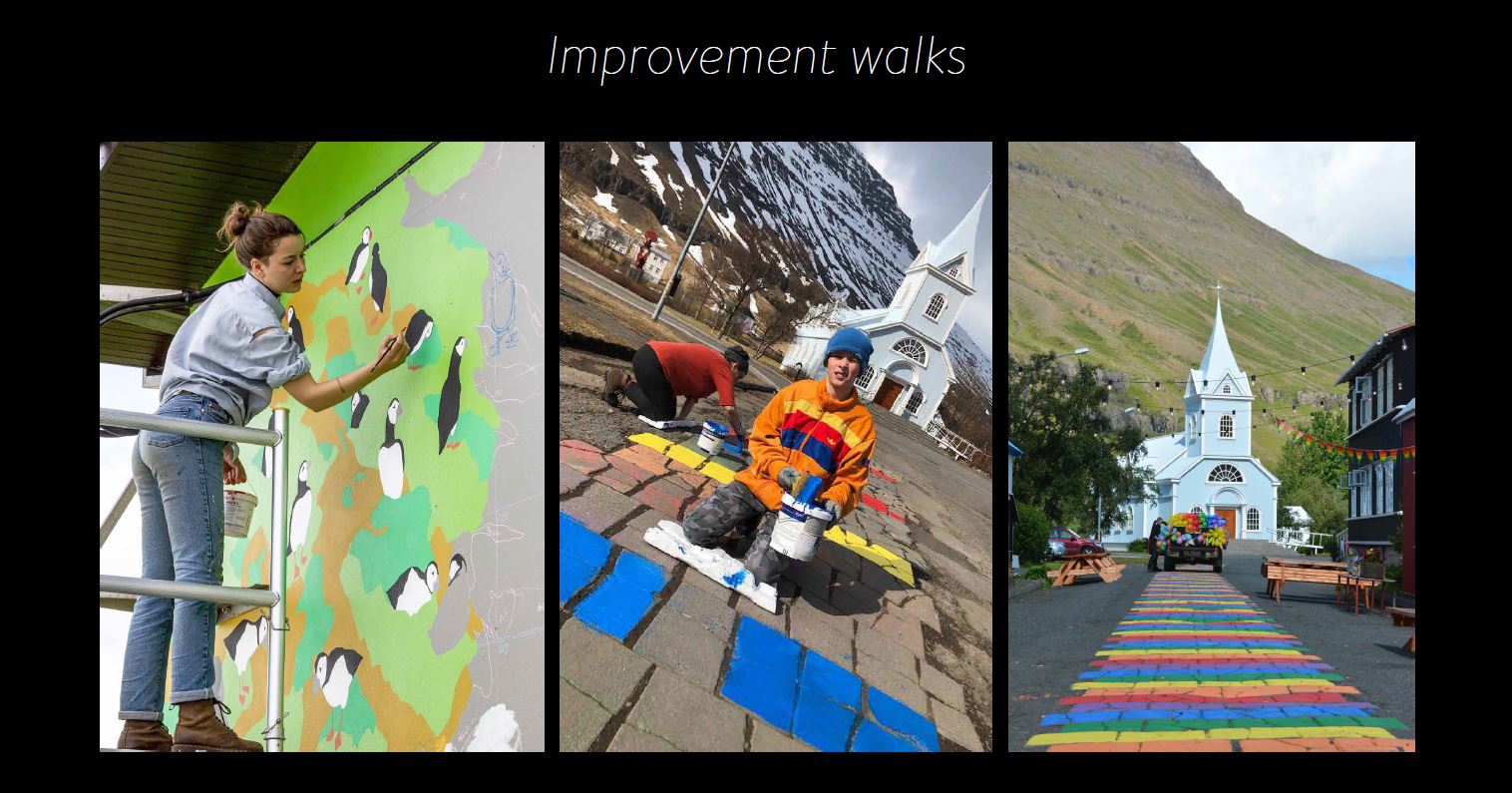Research: Adaptation and resilience of the key organizations in the Lappeenranta region after losing their main international customer segment
Introduction of the study The aim of this master’s thesis was to investigate how organizations in the Lappeenranta region have managed the recent crisis of the COVID-19 pandemic and the conflict between Russia and Ukraine. Both of these crises have tested the resilience of the destination and its organizations as they have caused the loss […]

Why should Smart Tourism Destinations invest in IoT solutions – or should they?
In recent years, the tourism industry has embraced the idea of Smart Tourism Destinations, emerging from the concept of Smart Cities. In both, the beating heart is the marketing word ‘smart’, representing all things that can be embedded or enhanced by technology¹. In fact, technologies such as cloud computing and the Internet of Things (IoT), […]

Digital Tourism Think Tank 2019 – Day 1
#DTTT 2019 What did I learn? I had a great possibility to participate in Digital Tourism Think Tank Global 2019 on 4rd and 5th of December, which this year took place in Espoo. DTTT Global is, in my opinion, one of the most interesting conferences as it gathers a bunch of tourism DMO’s and […]
DTTT Global 2019, Day 2
The second day (Read about the first day here) of DTTT was all about technology and digitalization. What we can learn from data and how we can benefit data in place branding, leading and marketing. Lead with data. Do marketing with it, learn from it, optimize – optimize – optimize – then do it again. […]
The Most Common Problem in Destination Marketing in the World
World’s Most Common Problem in Destination Marketing What is the difference between successful and non-successful destinations from the destination marketing perspective? In this post, I want to understand the details behind successful destination marketing. What is the one key thing to gain competitive advantage in destination marketing? When we start to think about the exact […]